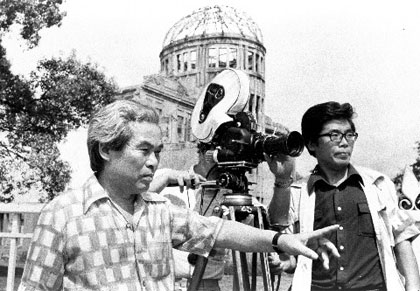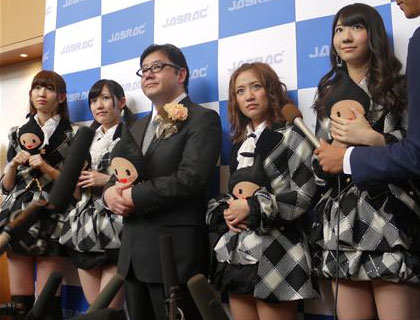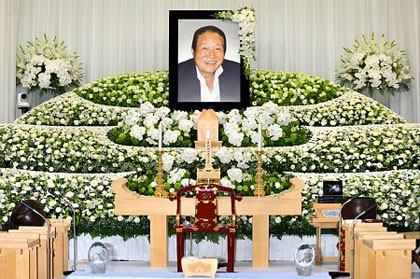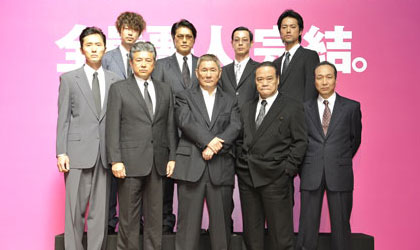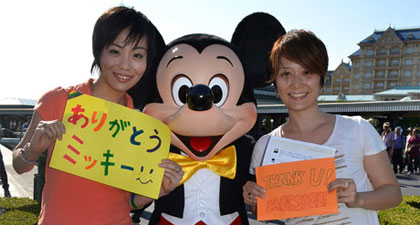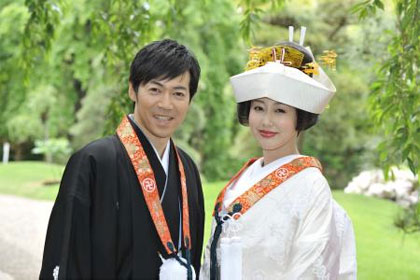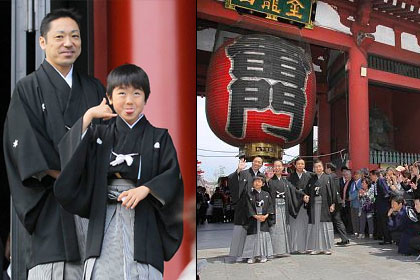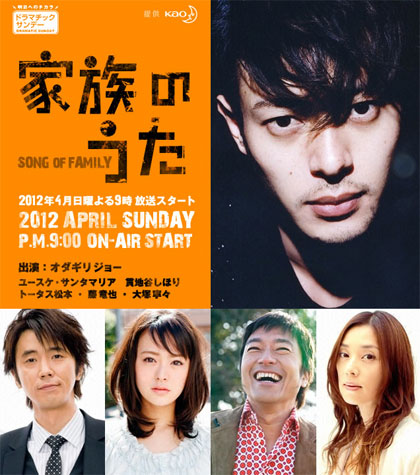Tabi are the traditional split-toe footwear of Japan, and are worn by both men and women. They’re worn by themselves when indoors, and with a wide variety of footwear – such as geta, zori or setta sandals, or jikatabi boots – when outdoors. Plain tabi, in white, black or navy, are the most common but they also come in many different colorful patterns.
phentermine generic
You can find a huge selection of all of these footwear items in our Japan Store.
Putting on tabi can seem a bit tricky until you get used to it. So we put together this quick visual guide to the easiest way to wear tabi. As you might spot from the photos, tabi fit more like socks than shoes so it’s important to get the right size. Basically the size you choose should be just a few millimeters longer than the length of your foot. See this page for more info on how to choose your tabi size.
soma online
The photos below are of a regular cotton tabi, but it works exactly the same way for jikatabi as well. When wearing medium or taller jikatabi, if you find they’re too tight around the ankle and/or calf, you can use our Hase Plus to give you an inch or more room and ensure a perfect fit!
ativan get usa
And if your tabi or jikatabi are a little too loose, you can try wearing them with tabi socks or toe socks. Tabi insoles and insulating liners are another way to adjust the feel and fit of your jikatabi.
 1. Fold the tabi upper toward the toes until it is about 3-4cm behind the split between the toes (red line). The seam should line up with the split (purple line).
1. Fold the tabi upper toward the toes until it is about 3-4cm behind the split between the toes (red line). The seam should line up with the split (purple line).
clomid online
 2. Holding the point on both sides where the upper and the sole meet, slide your foot into the tabi, ensuring that your big toe and other toes fit into the split toe area separately.
2. Holding the point on both sides where the upper and the sole meet, slide your foot into the tabi, ensuring that your big toe and other toes fit into the split toe area separately.
ambien usa
 3. Raise your heel and pull both sides of the tabi upper where it meets the sole. Your toes should now be fitting snugly with little or no wrinkling of the tabi material.
3. Raise your heel and pull both sides of the tabi upper where it meets the sole. Your toes should now be fitting snugly with little or no wrinkling of the tabi material.
 4. Sit and place your heel on the floor facing away from the opposite leg. Flex your ankle so that your toes point upward.
4. Sit and place your heel on the floor facing away from the opposite leg. Flex your ankle so that your toes point upward.
 5. Grasp the tabi around your ankle with the same hand (ie. for right foot use right hand) using your thumb to hold down the rear flap of the tabi containing the cotton hooks.
5. Grasp the tabi around your ankle with the same hand (ie. for right foot use right hand) using your thumb to hold down the rear flap of the tabi containing the cotton hooks.
 6. With the opposite hand place the kohaze (metal tabs) into the correct cotton hooks. Start with the bottommost kohaze and work up. Most tabi have 4 or 5 kohaze. This is the trickiest part and will get easier with practice. It is important to get all the kohaze correctly fitted to ensure that the tabi will not easily come off.
6. With the opposite hand place the kohaze (metal tabs) into the correct cotton hooks. Start with the bottommost kohaze and work up. Most tabi have 4 or 5 kohaze. This is the trickiest part and will get easier with practice. It is important to get all the kohaze correctly fitted to ensure that the tabi will not easily come off.
 7. You’re done! If you’re wearing tabi for the first time, they may feel strange or even a little uncomfortable between the toes but you will quickly get used to this. Only tabi that are specifically “stretch tabi” are made of a material that will stretch somewhat like a sock. But even regular cotton tabi can be stretched slightly by pulling them diagonally both ways before wearing them. There will probably be some slight shrinkage when they are washed.
7. You’re done! If you’re wearing tabi for the first time, they may feel strange or even a little uncomfortable between the toes but you will quickly get used to this. Only tabi that are specifically “stretch tabi” are made of a material that will stretch somewhat like a sock. But even regular cotton tabi can be stretched slightly by pulling them diagonally both ways before wearing them. There will probably be some slight shrinkage when they are washed.


 With Halloween just over a month away, this seems like a good time to plug our selection of handmade
With Halloween just over a month away, this seems like a good time to plug our selection of handmade 